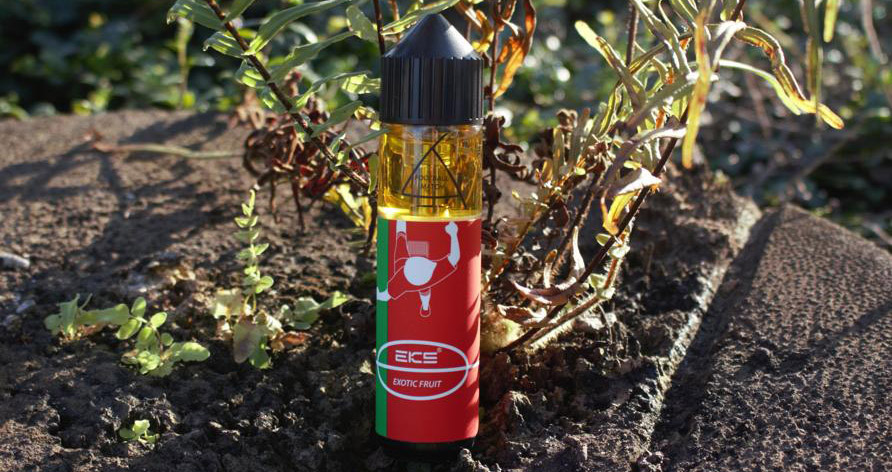Recently, two major tobacco giants, PMI and BAT, respectively published research papers in top international medical journals. The research results show that new tobacco products such as e-cigarettes and heat-not-burn products are less harmful and toxic than traditional cigarettes, and can significantly reduce the impact on the respiratory system. harm.
As people's awareness of the dangers of smoking deepens, e-cigarettes are increasingly recognized as a substitute for cigarettes, but the long-term effects of flavored e-cigarette flavor mixtures and cigarette smoke on smokers remain to be further explored. Recently, PMI Philip Morris International published a research report "Assessment of inhalation toxicity of cigarette smoke and aerosols from flavor mixtures: 5-week study in A/J mice" in the British Journal of Toxicology "Journal of Applied Toxicolog", explaining the details of related topics Research steps and results.
In the experiment, 87 male mice and 174 nulliparous and pregnant female mice were randomly assigned to 9 experimental groups, and were tested in the air, cigarette smoke, and e-cigarette aerosols with three different concentrations of flavorants, high, medium, and low. Exposure up to 6 hours per day, 5 days per week, for 5 weeks was followed by necropsy, organ weight and histopathological assessment.
The final test results showed that compared with exposure to cigarette smoke, mice exposed to e-cigarette aerosols with and without flavorants had no significant changes in respiratory organs, nose, and laryngeal epithelial tissues, which indicated that e-cigarettes The sol is less irritating to the corresponding tissues and organs. The experimental results further proved that, compared with traditional cigarettes, e-cigarettes can significantly reduce lung inflammation, as well as damage to the epithelium of the nose, throat and trachea.
BAT British American Tobacco published a research paper titled "An Experimental Analytical and In Vitro Approach to Bridge Between Different Heated Tobacco Product Variants" in the "Contributions to Tobacco & Nicotine Research" scientific journal, and conducted a research on THP (HNB products) Toxicology testing. In the experiment, the aerosol and cigarette smoke of five variants of THP and one basic THP were used as the experimental environment, and the cytotoxicity was evaluated by the viability of human lung epithelial cells. The results showed that all cytotoxic reactions in the THP group were about 95% lower than those in the cigarette smoke group, and there was no significant difference in toxicity between the five variant THPs and the basic THP.
The study concluded that the development and supply of alternative tobacco and nicotine products are growing rapidly, consumers are increasingly accepting new products such as THP, and its safety and risk as part of toxicological evaluation are worthy of industry attention. Only when the product meets the standards (including battery performance) can it better play its positive role as a public health strategy.
References:
Ee Tsin Wong,Karsta Luettich,Lydia Cammack,et al. Assessment of inhalation toxicity of cigarette smoke and aerosols from flavor mixtures: 5-week study in A/J mice. Journal of applied toxicolog,2022
Tomasz Jaunky,David Thorne,Andrew Baxter,et al. An Experimental Analytical and In Vitro Approach to Bridge Between Different Heated Tobacco Product Variants. Contributions to Tobacco & Nicotine Research,2022.
Post time: Feb-01-2023











